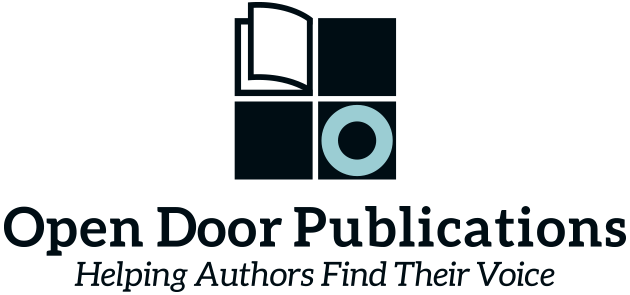Publisher’s Weekly printed a thoughtful piece by Ann Byle on self publishing this week. It’s written from the perspective of the religion publishing niche, but what Byle reports is applicable to all genres and forms of self-published work.
While the article’s points are ones that Open Door and our self-publishing colleagues have already observed, it is essential that both the publishing industry and those writers aspiring to be published take heed of the ways in which the self-publishing model has changed, and continues to change.
As Byle points out, self publishing allows really good books to be published and to succeed, either in print or increasingly in digital formats. It also gives the author the opportunity to control his/her book’s path. From editorial input to formatting to distribution to marketing, authors can now have a say where once publishing was equatable to a brick wall and a cookie-cutter approach.
“If you go the route of self-publishing,” Olund says, “you have to work your tail off to make it sell. But you have to have that mentality whether you’re with a traditional house or not. With self-publishing, you’re the risk taker.”
Says Quain of Creation House, “More and more it’s up to the author being the champion for his or her book, of making the book their passion. They have to be out there getting media opportunities that the publishing houses can’t do.”
The bottom line: “Once upon a time there was a stigma attached to self publishing, but now it’s almost become acceptable,” says Quain. “Self-publishing is really losing the stigma. You can be a self-published author and not be embarrassed.”
